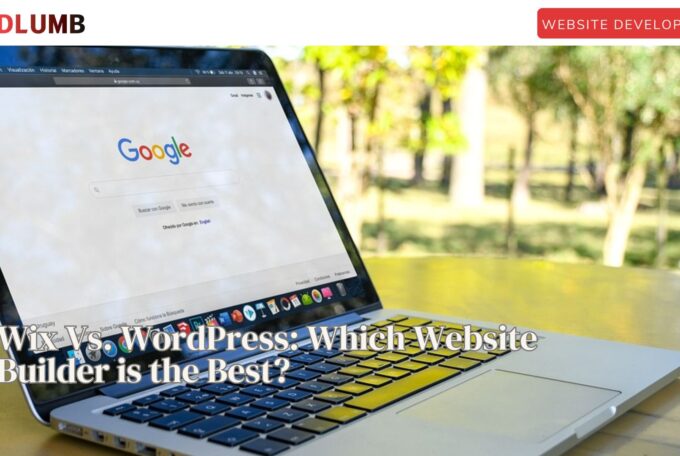With all CMS options when making a website, we find ourselves at a crossroads of innovation and functionality. From open-source platforms to enterprise-level solutions, the CMS market offers a diverse array of tools to build and manage your online presence. We’re here to guide you through the maze of options, helping you find the perfect fit for your unique needs.
[su_list class=”story-highlight”]Key Takeaways
- CMS options range from flexible open-source platforms like WordPress, Joomla, and Drupal to user-friendly proprietary solutions such as Wix, Squarespace, and Webflow, each offering unique advantages for different project needs.
- For large-scale businesses, enterprise-level CMS options like Adobe Experience Manager, Sitecore, and Kentico provide advanced content management, personalization, and multi-site capabilities.
- Selecting a CMS depends on factors like technical expertise, budget, and project complexity, ensuring the platform aligns with both current requirements and future growth goals.
[/su_list]
Open Source CMS Options
When exploring all CMS options when making a website, open-source platforms stand out for their flexibility and community-driven development.
1. WordPress
WordPress has become a powerhouse in the world of content management systems, powering over 40% of all websites on the internet. Its popularity stems from its user-friendly interface and extensive customization options. As an open-source platform, WordPress offers a wealth of themes and plugins, allowing users to create anything from simple blogs to complex e-commerce sites.

One of WordPress’s key strengths is its flexibility. Whether you’re a beginner or an experienced developer, you can easily manage your website’s content without extensive coding knowledge. The platform’s intuitive interface makes it simple to add pages, posts, and media, while its vast ecosystem of plugins enables you to extend functionality without starting from scratch.
WordPress also shines in its SEO-friendliness. With built-in features and popular plugins like Yoast SEO, you can optimize your content for search engines right out of the box. This makes it an excellent choice for businesses looking to improve their online visibility.
2. Joomla
Joomla, another powerful open-source CMS, has carved out its niche in the web development world. Launched in 2005, Joomla has established itself as a robust platform for building websites of varying complexities. It offers a middle ground between WordPress’s user-friendliness and more advanced systems like Drupal.
One of Joomla’s standout features is its built-in multilingual support. This makes it an ideal choice for websites that need to cater to a global audience. Joomla also excels in user management, offering advanced permission levels that allow for detailed control over who can see and manage content.
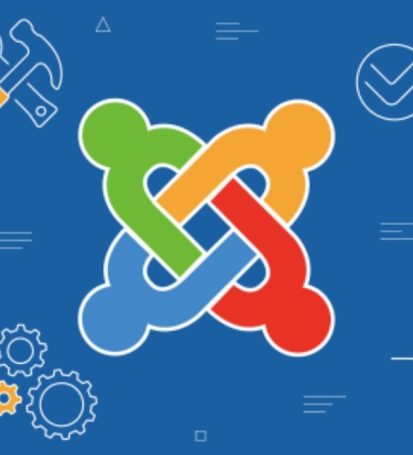
Joomla provides strong out-of-the-box capabilities for e-commerce websites. With extensions like VirtueMart, you can set up online stores with features such as product management, shopping carts, and various payment gateways.
3. Drupal
Drupal rounds out our trio of open-source CMS options, known for its robustness and scalability. Created in 2001, Drupal has become the go-to choice for complex, content-heavy websites that require advanced user permissions and content workflows.
Drupal’s strength lies in its ability to handle large volumes of content and users. Its modular architecture allows for extensive customization, making it suitable for everything from personal blogs to enterprise-level applications. This flexibility, however, comes with a steeper learning curve compared to WordPress or Joomla.
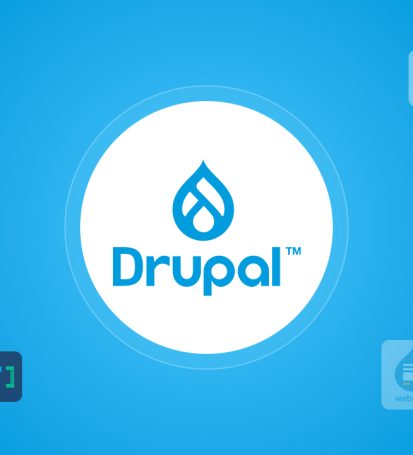
Security is a top priority in Drupal’s development, making it a preferred choice for government websites and financial institutions. Its active community regularly releases security updates, ensuring that Drupal-powered websites stay protected against potential threats.
When choosing among these open-source CMS options, consider your project’s specific needs. WordPress offers simplicity and a vast ecosystem, Joomla provides a balance of power and ease of use, while Drupal excels in handling complex, high-traffic websites. Each platform has its strengths, and the right choice depends on your technical expertise, project requirements, and long-term goals for your website.
Proprietary CMS Platforms
When exploring all CMS options when making a website, proprietary platforms offer unique advantages. These content management systems provide user-friendly interfaces and robust features, making them popular choices for businesses and individuals alike.
1. Wix
Wix has become a go-to choice for many website creators, boasting over 200 million registered users worldwide. This platform stands out for its ease of use, allowing anyone to build a professional-looking website without coding knowledge. Wix’s drag-and-drop interface makes it simple to add content and design elements, making it an ideal option for small business owners, freelancers, and individuals.

One of Wix’s strengths is its extensive template library, offering over 800 customizable designs. These templates cater to various industries and purposes, ensuring users can find a starting point that aligns with their vision. Wix also provides built-in SEO tools, including an SEO wizard, to help optimize your site for search engines.
However, Wix does have some limitations. While it offers a wide range of customization options, users may find themselves restricted compared to more flexible platforms. Additionally, Wix websites can sometimes load slower than those built on other platforms, which may impact user experience and search engine rankings.
Wix offers a free plan with limited features and Wix-branded domains. For those looking for more functionality, premium plans range from USD 16.00 to USD 59.00 per month, with e-commerce plans starting at USD 27.00 per month.
2. Squarespace
Squarespace has gained popularity as an all-in-one platform for building websites and managing online content. With 3.79 million subscribers, Squarespace offers a range of features for creating custom designs, publishing content, and selling products online.
One of Squarespace’s standout features is its collection of professionally designed templates. These templates are mobile-responsive, ensuring your website looks great on any device. The platform also includes built-in e-commerce functionality, making it easy to set up and manage an online store.
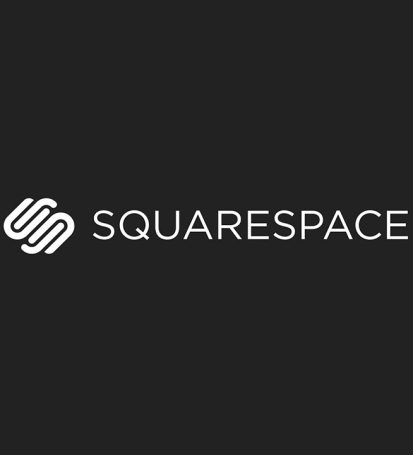
Squarespace’s content management system allows users to create and manage blog posts, galleries, and other types of content effortlessly. The platform also provides built-in analytics tools, helping you track your website’s performance and make data-driven decisions.
While Squarespace is user-friendly and requires no coding knowledge, it may not offer as much flexibility as some other platforms for highly customized websites. Additionally, Squarespace has a limited selection of third-party integrations, which could be a drawback for businesses with complex website needs.
Squarespace pricing plans range from USD 16.00 to USD 49.00 per month, depending on the features you need. The platform offers a free trial, allowing you to test its capabilities before committing to a paid plan.
3. Webflow
Webflow has emerged as a powerful contender in the website design and development space. Founded in 2013, it has gained popularity among designers, developers, and business owners for its visual drag-and-drop interface and advanced customization options.
Webflow’s strength lies in its ability to create complex and responsive layouts without requiring coding skills. Users can start with pre-built templates or designs from scratch, offering a level of flexibility that sets it apart from many other proprietary CMS platforms.
The platform includes a robust content management system, e-commerce functionality, and hosting services, making it a comprehensive solution for building and managing websites. Webflow’s advanced features and customization options make it particularly appealing to designers and developers who want more control over their website’s look and functionality.
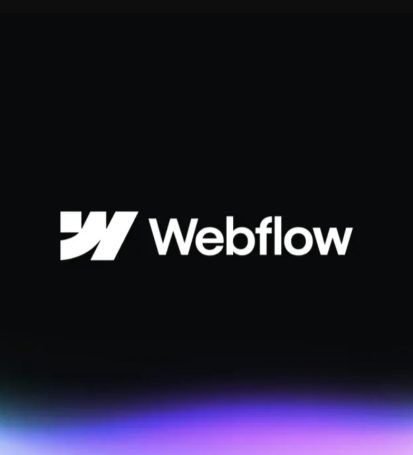
However, Webflow does have a steeper learning curve compared to platforms like Wix or Squarespace. While its interface is user-friendly, it may take time to master all of its features effectively. Additionally, Webflow’s pricing can be higher than some other options, especially for users who need advanced features or multiple sites.
Webflow offers a free plan for basic website features, with paid plans ranging from USD 14.00 to USD 39.00 per month. E-commerce plans start at USD 29.00 per month, with more advanced options available for larger businesses.
When choosing among these proprietary CMS platforms, consider your specific needs, technical expertise, and budget. Each platform offers unique strengths and potential limitations, so it’s essential to evaluate them carefully to find the best fit for your website project.
Enterprise-Level CMS Solutions
When exploring all CMS options when making a website, enterprise-level solutions stand out for their robust features and scalability. These platforms are designed to handle the complex needs of large organizations, offering advanced capabilities for content management, personalization, and multi-site management.
1. Adobe Experience Manager
Adobe Experience Manager (AEM) is a comprehensive content management solution that combines digital asset management with powerful content management capabilities. It’s designed for large enterprises that require extensive scalability, security, and integration capabilities. AEM stands out for its ability to deliver personalized digital experiences at scale, leveraging Adobe’s AI and machine learning technologies.
One of AEM’s key strengths is its content-authoring capabilities. The platform offers a user-friendly interface that allows content creators to develop content rapidly using intuitive, out-of-the-box features.
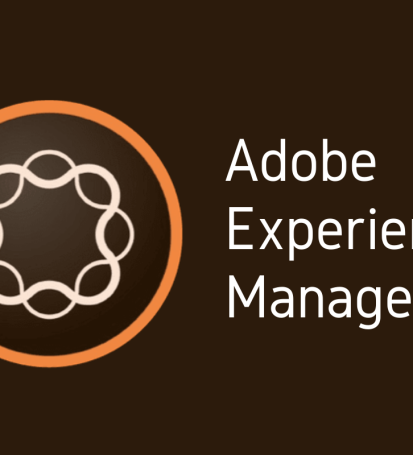
Content fragments, a valuable feature in AEM, rely on page-independent structured content models. This means creators are no longer restricted by layouts or templates but can create modular content fragments once and easily reuse them across multiple pages.
AEM also excels in multi-site management, which is crucial for enterprises with a global web presence. Through a single, user-friendly platform, businesses can control all their digital properties while maintaining a uniform brand identity across all communication channels. This feature allows for quick application of changes to campaigns or messaging across all sites without losing consistency.
2. Sitecore
Sitecore is an experience platform (XP) delivered as a SaaS solution that offers features like A/B testing, real-time analytics, and automated marketing workflows for targeted content delivery and personalization. It’s known for its scalable architecture, which can handle large content volumes and high traffic through its API-driven infrastructure.

One of Sitecore’s standout features is its advanced personalization capabilities. It delivers targeted content experiences to individual users by leveraging customer data collected natively, such as browsing history and preferences. This level of personalization has a significant impact on user engagement and conversion rates.
Sitecore also offers robust omnichannel experience management. Through its centralized content repository, it manages content delivery across websites, mobile apps, and other digital touchpoints. This ensures a consistent brand experience across all channels, improving customer satisfaction and loyalty.
3. Kentico
Kentico, particularly its Xperience 13 platform, is among the most popular and widely used tools for managing corporate websites. It extends beyond traditional CMS capabilities, offering a comprehensive digital experience platform (DXP) that includes features for content personalization and digital marketing.

One of Kentico’s key advantages is its content personalization capabilities. Using analytical tools, businesses can thoroughly understand their audience and their needs. Kentico allows for unique content targeting based on customer type and dynamically adjusts based on visitor behavior on the website. This personalized targeting is crucial in today’s marketing landscape, leading to higher engagement and sales effectiveness.
Kentico also stands out for its scalability and user-friendly interface. Users often praise its very fast and efficient scalability, allowing businesses to start small and expand as their needs grow. The platform supports regular updates that seamlessly introduce the latest features and improvements, ensuring that businesses always have access to cutting-edge functionality.
When choosing among these enterprise-level CMS solutions, consider your specific needs, technical expertise, and long-term goals. Each platform offers unique strengths and potential limitations, so it’s essential to evaluate them carefully to find the best fit for your enterprise website project.
Read More:
- How We Migrated This Website Without Impacting SEO
- The Power of Product Schema, GTINs and Attributes in E-commerce (UAE)
- How We Tripled Organic Clicks Through Content Pruning
Which CMS is Right for You?
The world of content management systems offers a diverse array of options to cater to various needs and skill levels. From user-friendly platforms like WordPress and Wix to robust enterprise solutions such as Adobe Experience Manager and Sitecore, there’s a CMS to suit every project. Each platform has its own strengths, whether it’s ease of use, scalability, or advanced features for personalization and multi-site management.
Choosing the right CMS has a significant impact on your website’s success and long-term growth. It’s crucial to consider factors like your technical expertise, budget, and specific project requirements when making a decision.
By carefully weighing these factors and understanding the unique offerings of each platform, you can select a CMS that not only meets your current needs but also supports your future goals. Remember, the best CMS for you is the one that aligns with your vision and empowers you to create and manage your digital presence effectively.
Syed Haris Ali is a renowned web developer and designer at REDLUMB, specializing in front-end technologies, with a particular focus on WordPress. Holding a BS in Computer Science, he has successfully delivered over 50 websites across various sectors, providing tailored solutions to meet diverse client needs. With a keen eye for design and a passion for functionality, Haris creates engaging user experiences that elevate brands online.

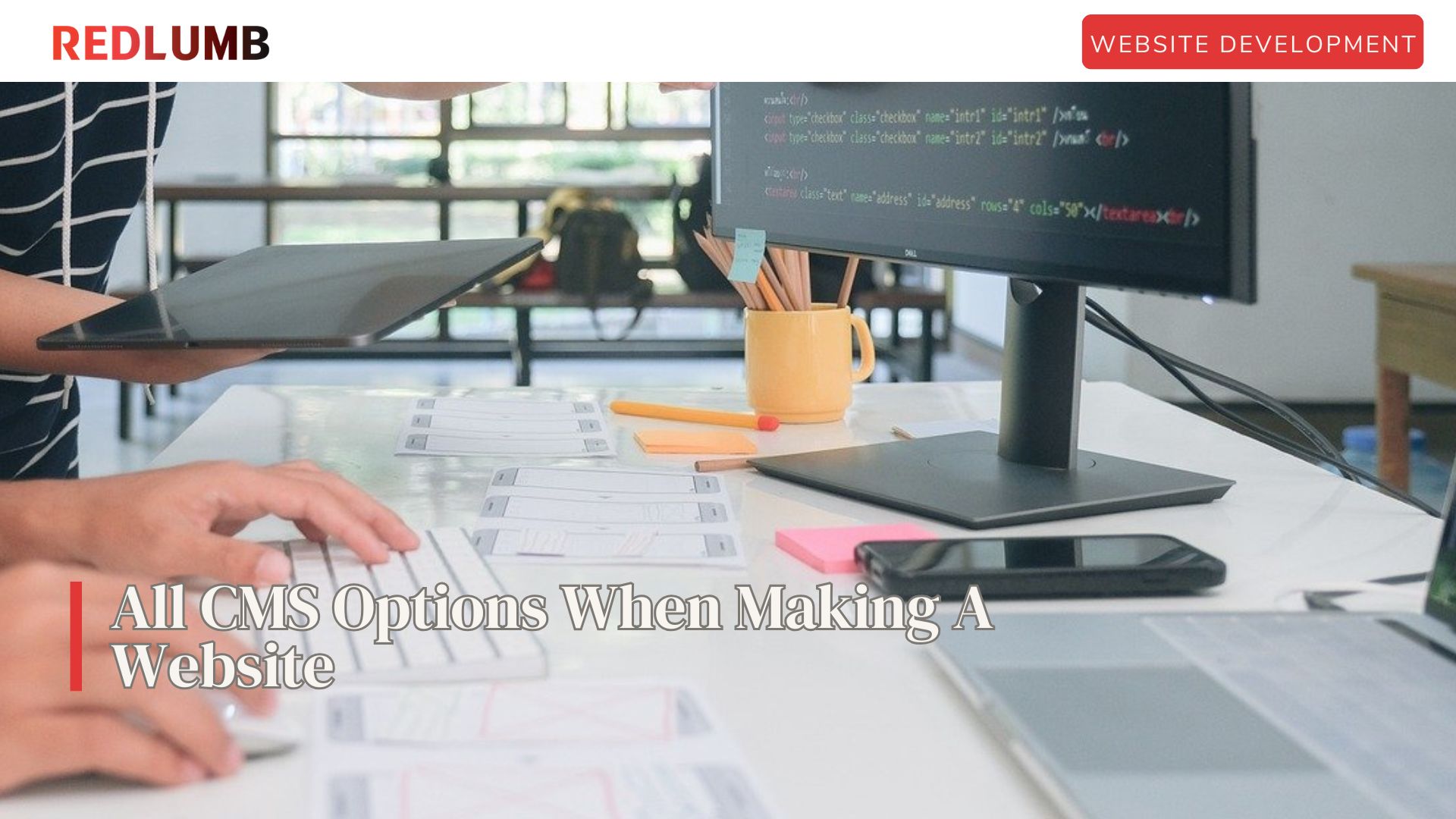
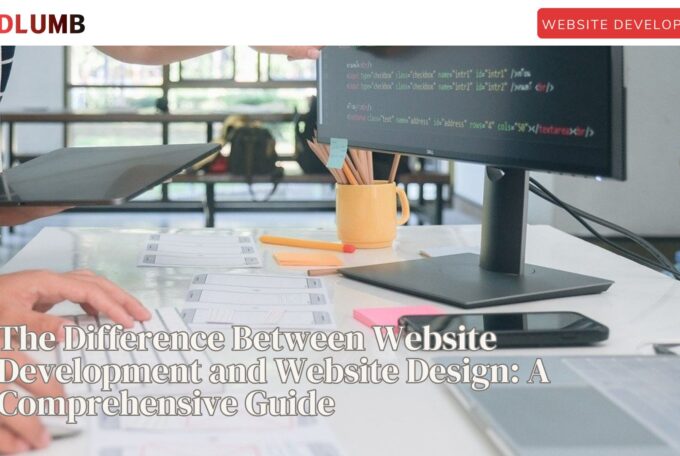
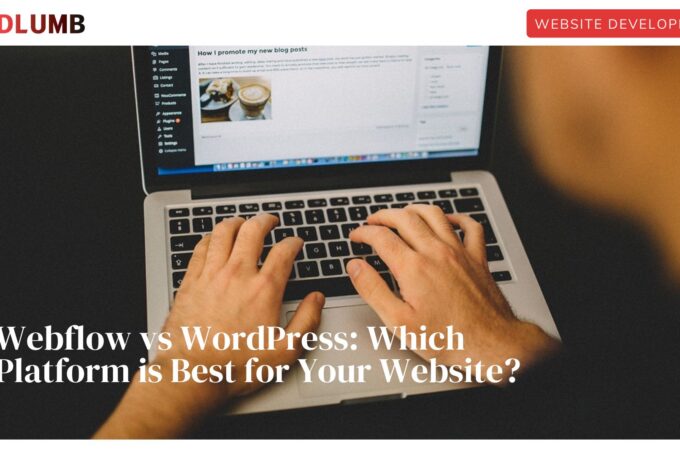
![How to Make Your Website Show Up on Google [All Steps]](https://redlumb.ae/wp-content/uploads/2024/11/REDLUMB-Template-6-680x456.jpg)
